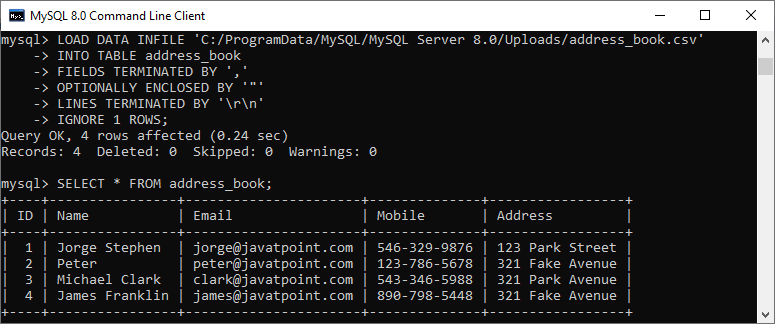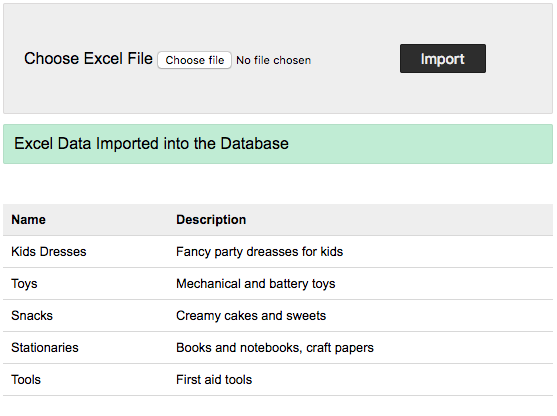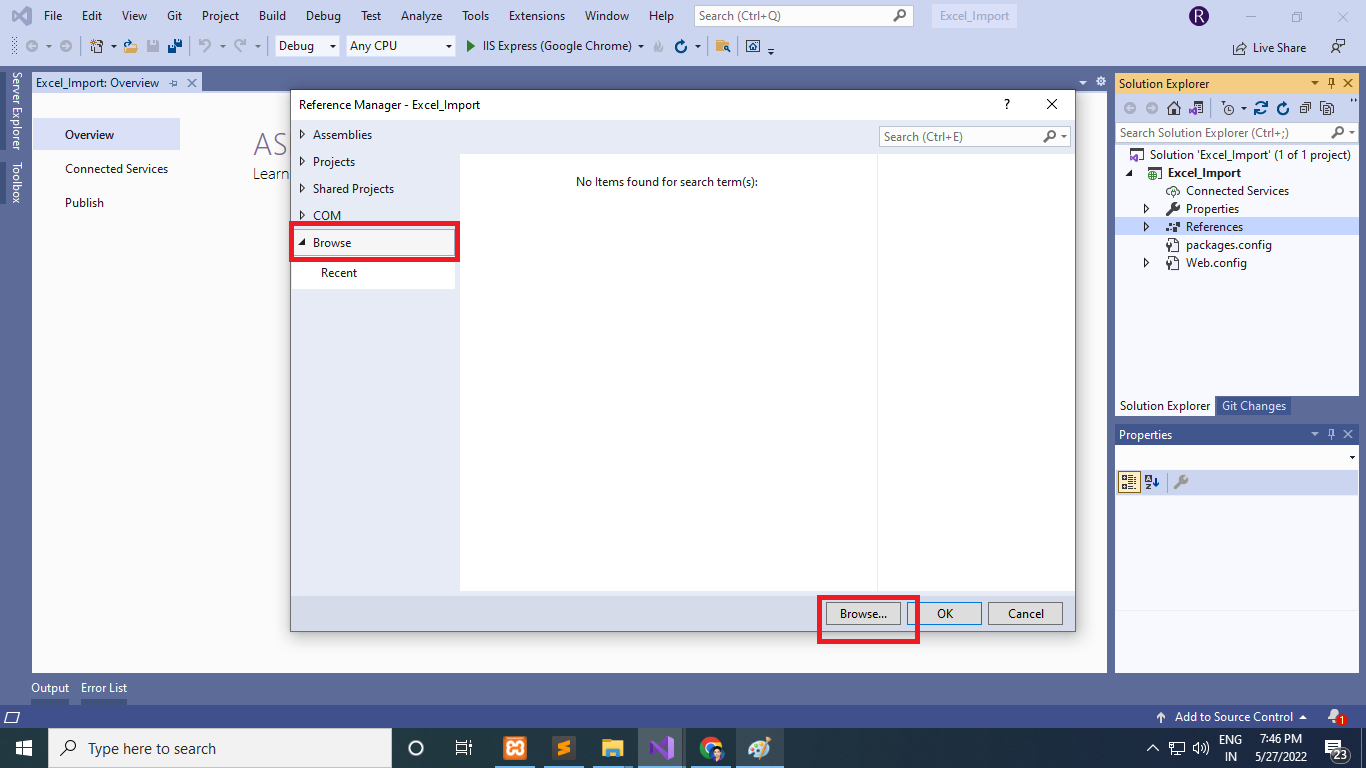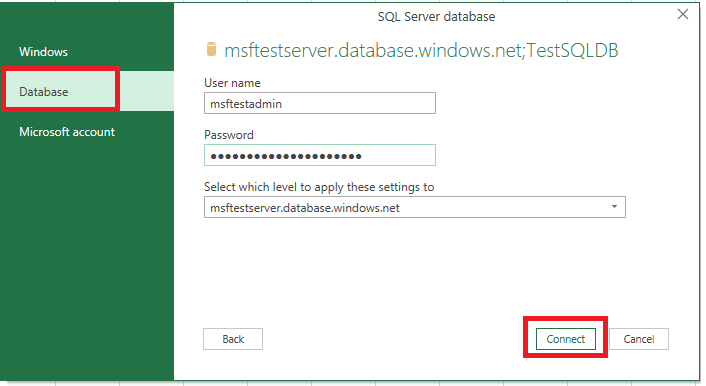5 Easy Ways to Import Excel Data into MySQL Database

Managing and analyzing large datasets often requires more robust solutions than what spreadsheets like Microsoft Excel can offer. Importing data from Excel into a MySQL database allows for better scalability, data integrity, and advanced data manipulation through SQL queries. Here are five easy methods to achieve this:
1. Using MySQL Workbench

MySQL Workbench is a visual database design tool that supports data import from various sources, including Excel:
- Open MySQL Workbench and connect to your database.
- Go to Database > Reverse Engineer and select your database.
- Navigate to Data Import/Restore and choose Import from Self-Contained File.
- Select your Excel file, ensuring it is saved in a format like .xlsx or .csv.
- Match the columns of your Excel data with the corresponding database table fields.
- Click Start Import to transfer the data.
💡 Note: Ensure your Excel sheet has headers that match the column names in your MySQL database to facilitate an easy mapping.
2. PHPMyAdmin’s Import Feature

PHPMyAdmin provides a straightforward method to import data from Excel:
- Save your Excel file as a CSV format, which PHPMyAdmin can read easily.
- Log into your PHPMyAdmin interface and select the database you wish to import data into.
- Go to the Import tab.
- Select your CSV file and specify the format settings like delimiter, enclosure, and escape character.
- Define how PHPMyAdmin should handle the import, like whether to replace or append to existing tables.
- Click Go to begin the import process.
3. Using LOAD DATA INFILE SQL Command

For those comfortable with SQL, the LOAD DATA INFILE command is a powerful tool:
LOAD DATA INFILE ‘/path/to/your/excel.csv’
INTO TABLE your_table
FIELDS TERMINATED BY ‘,’
ENCLOSED BY ‘\“’
LINES TERMINATED BY ‘\n’
IGNORE 1 LINES
- Replace ‘/path/to/your/excel.csv’ with the path to your CSV file.
- Modify the field and line termination characters if necessary.
IGNORE 1 LINESskips the first line if it contains headers, which is typical in Excel exports.
⚠️ Note: Ensure the server has the necessary permissions to read the file from its location.
4. Python with Pandas and MySQL Connector

Python, with libraries like Pandas and MySQL Connector, offers a programmatic way to handle data transfer:
import pandas as pd from sqlalchemy import create_enginedf = pd.read_excel(‘yourfile.xlsx’, sheet_name=‘Sheet1’)
engine = create_engine(‘mysql+pymysql://username:password@localhost/databasename’)
df.to_sql(‘table_name’, engine, if_exists=‘append’, index=False)
This method not only imports data but can also manipulate it before import for data cleaning or transformation.
5. ETL Tools

ETL (Extract, Transform, Load) tools like Talend or Microsoft SQL Server Integration Services (SSIS) can automate the import process:
- Design the Job: Define where to extract the data (Excel file), how to transform it (if needed), and where to load it (MySQL).
- Run the Job: Execute the job either manually or set up scheduled runs.
- Monitor: Check logs for any errors or warnings during the process.
As we've explored these methods, it's clear that importing Excel data into MySQL can be accomplished in various ways, each with its benefits:
- MySQL Workbench: Provides a user-friendly interface but requires manual mapping.
- PHPMyAdmin: Quick and simple for CSV imports, though lacks advanced transformation capabilities.
- LOAD DATA INFILE: Fast and efficient but requires SQL knowledge and file accessibility.
- Python with Pandas: Offers data manipulation capabilities before import, suitable for those familiar with Python.
- ETL Tools: Best for automating regular data imports with complex transformations.
In sum, choosing the right method depends on your technical proficiency, the complexity of the data transformation needed, and the frequency of data updates. Each approach offers a balance between ease of use, automation, and control over the import process. Regularly backing up your MySQL database before any major data import operation is a good practice, ensuring you can recover from potential data mismanagement or other unforeseen issues.
What should I do if my Excel data contains empty cells?

+
MySQL will typically import empty cells as NULL values. Ensure that the columns in your MySQL table allow for NULL values or provide a default value to handle these cases.
Can I automate Excel to MySQL data import?

+
Yes, using ETL tools like SSIS or scripts in Python or other languages can automate this process. Set up a job or script to run at regular intervals to keep your database up-to-date with changes from your Excel files.
How do I handle date formats in Excel when importing to MySQL?

+
Ensure your Excel dates are formatted in a way that MySQL can interpret correctly, such as ‘YYYY-MM-DD’. If the format differs, you might need to transform the data before or during the import process.
What if my Excel file is too large for a direct import?

+
For large datasets, consider importing the data in chunks, using Python scripts with Pandas to manage the import process or leveraging more powerful database tools like MySQL’s load data command which is optimized for such scenarios.